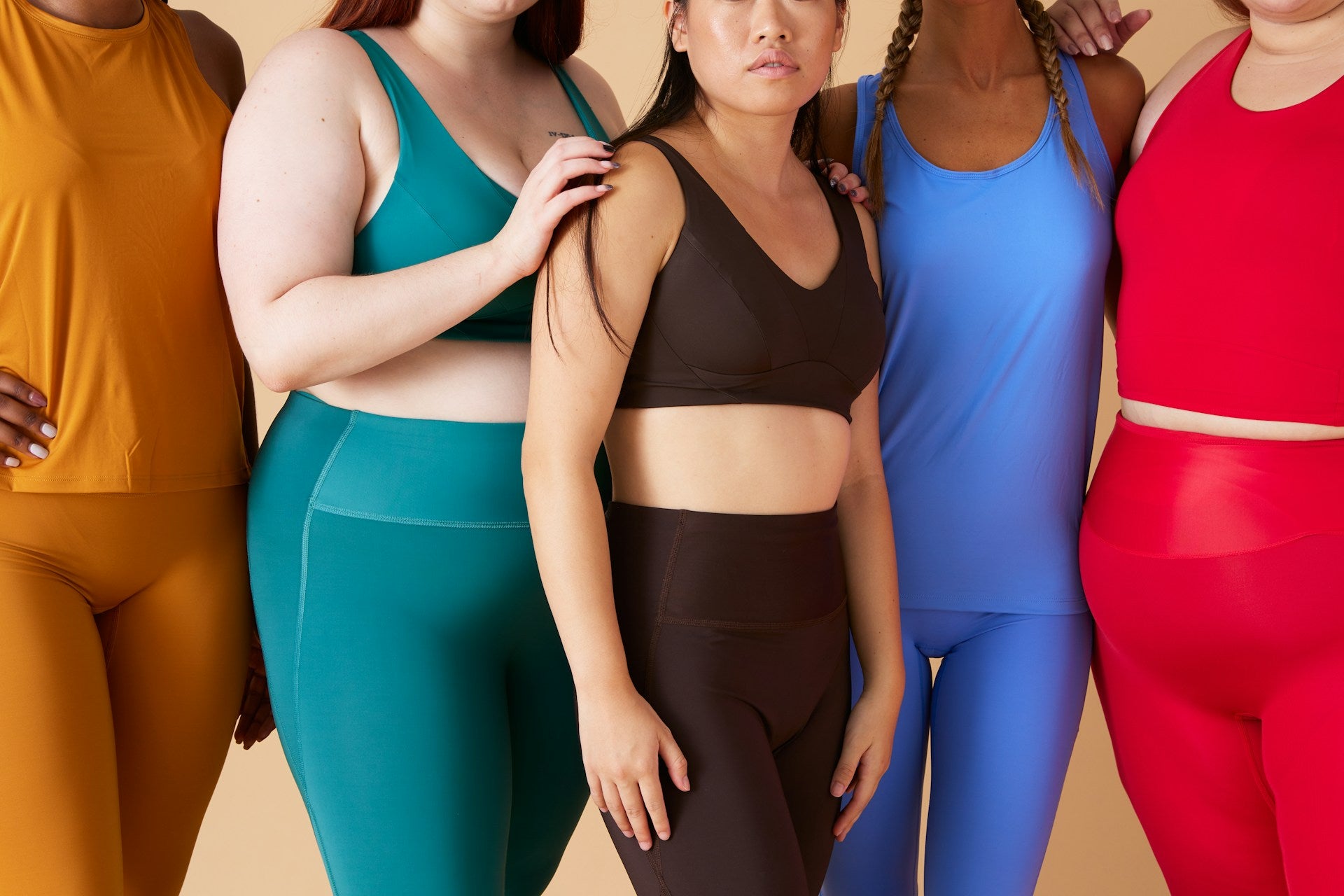Athleisure is more than a fashion trend; it's a booming industry. Combining sportswear and casual wear, athleisure offers comfort without sacrificing style. This blend has made athleisure a popular choice for many people. Whether at the gym, in the office, or running errands, athleisure fits seamlessly into various lifestyles.
The popularity of athleisure has grown rapidly. More brands have entered the market, each trying to capture consumer attention. With this growth come both opportunities and challenges. Companies need to stay ahead of trends and understand what customers want. Additionally, they face challenges like fierce competition and changing consumer preferences.
Understanding the current state of the athleisure industry and its future is crucial for brands. By examining market trends, identifying challenges, and finding effective growth strategies, brands can thrive. This article will dive into the heart of the athleisure business, exploring what lies ahead in 2024.
Current Market Trends in the Athleisure Industry
The athleisure industry has seen significant growth in recent years. Several trends are shaping the market today:
1. Sustainability: Many consumers prefer eco-friendly products. Brands are responding by using sustainable materials like recycled fabrics. This shift not only meets consumer demand but also helps protect the environment.
2. Versatility: People want clothing that can be worn for multiple activities. Athleisure fits this need perfectly. It’s designed for both workouts and casual settings. This versatility makes athleisure a popular choice for a wide range of activities.
3. Technology Integration: Smart fabrics and wearable technology are becoming more common. These innovations offer features like moisture-wicking, temperature control, and even biometric monitoring. Tech-enhanced clothing provides added value and attracts tech-savvy customers.
4. Influencer Marketing: Social media influencers play a big role in promoting athleisure brands. Many consumers trust influencer recommendations. Collaborating with influencers helps brands reach a wider audience and build credibility.
These trends highlight how consumer preferences and technological advancements are driving the athleisure market. Brands that embrace these trends can stay relevant and competitive.
Challenges Faced by New Brands
Entering the athleisure market comes with several challenges. New brands need to be aware of these hurdles to succeed:
1. High Competition: The market is crowded with established brands. Newcomers must find ways to stand out. Competing with well-known brands requires unique value propositions and strong marketing strategies.
2. High Costs: Starting a brand involves significant investment. From sourcing quality materials to marketing campaigns, costs can add up quickly. Securing funding and managing cash flow are critical for new brands.
3. Supply Chain Issues: Managing the supply chain can be complex. Delays or shortages in materials can disrupt production. New brands need reliable suppliers and effective logistics to ensure smooth operations.
4. Brand Recognition: Building brand awareness takes time and effort. New brands often struggle to gain visibility. Effective branding and marketing are essential to attract and retain customers.
5. Consumer Trust: Gaining consumer trust is challenging for new brands. Established brands have loyal customers. Newcomers must prove their quality and reliability to win over potential buyers.
Despite these challenges, new brands can find success with the right strategies. Understanding the market and addressing these hurdles head-on can pave the way for growth and profitability.
Strategies for Growth and Differentiation
Growing and standing out in the competitive athleisure market requires strategic planning. Here are some effective strategies:
1. Identify Your Unique Selling Point (USP): Find what makes your brand different. This could be sustainable materials, innovative designs, or unique features. Highlighting your USP can attract customers looking for something special.
2. Engage with Your Audience: Build a community around your brand. Use social media, email newsletters, and events to connect with customers. Engaging content and personalized interactions help build loyalty and encourage word-of-mouth referrals.
3. Leverage Influencers: Collaborate with influencers who align with your brand values. Influencers can help reach new audiences and build credibility. Choose influencers whose followers match your target market for better results.
4. Focus on Quality: High-quality products lead to satisfied customers. Invest in durable, comfortable, and stylish materials. Quality assurance practices ensure your products meet customer expectations and stand the test of time.
5. Offer Excellent Customer Service: Great customer service can set you apart. Quick responses, easy returns, and proactive communication build trust and enhance the customer experience. Happy customers are more likely to become repeat buyers.
6. Innovate Continuously: Stay ahead of trends by constantly innovating. Research and development can lead to new products and features that keep your brand fresh. Listening to customer feedback also provides insights for improvement.
Implementing these strategies can help brands grow and differentiate in the crowded athleisure market.
The Future of Athleisure: Opportunities Ahead
The athleisure industry continues to evolve, offering exciting opportunities for brands. Here are some prospects for the future:
1. Expanding Market: The demand for athleisure is expected to grow. More people are embracing active lifestyles, increasing the need for versatile, comfortable clothing. This expanding market presents opportunities for new and existing brands.
2. Sustainability Focus: Consumers are more eco-conscious. Brands that prioritize sustainability can attract this growing segment. Using recycled materials, reducing waste, and transparent practices can set you apart as a responsible brand.
3. Technological Advancements: Innovations in smart fabrics and wearable technology will continue to enhance athleisure products. Brands that leverage these advancements can offer unique, high-performance items that meet customer needs.
4. Personalization: Personalized shopping experiences can increase customer satisfaction. Advanced data analytics can help brands offer tailored recommendations, enhancing the shopping experience and building loyalty.
5. Global Expansion: There is potential for growth in international markets. Understanding cultural preferences and adapting marketing strategies can help brands tap into new regions and expand their global reach.
The future of athleisure looks bright, with numerous opportunities for brands to innovate and grow.
Conclusion
The athleisure industry is thriving, with a bright future ahead. Current trends like sustainability and technology integration are shaping the market. New brands face challenges like high competition and supply chain issues but can succeed with the right strategies. Differentiation, engagement with customers, and continuous innovation are key to growth.
For high-quality and affordable athleisure products, look no further than Go Leisure. Discover how our innovative designs and sustainable materials can elevate your active lifestyle. Shop with us today and experience the future of athleisure.



